Interview with Seiko Oomiri of ZOCX: Expressing the Emotions of Japanese Girls at 120%—Idols as Counterculture
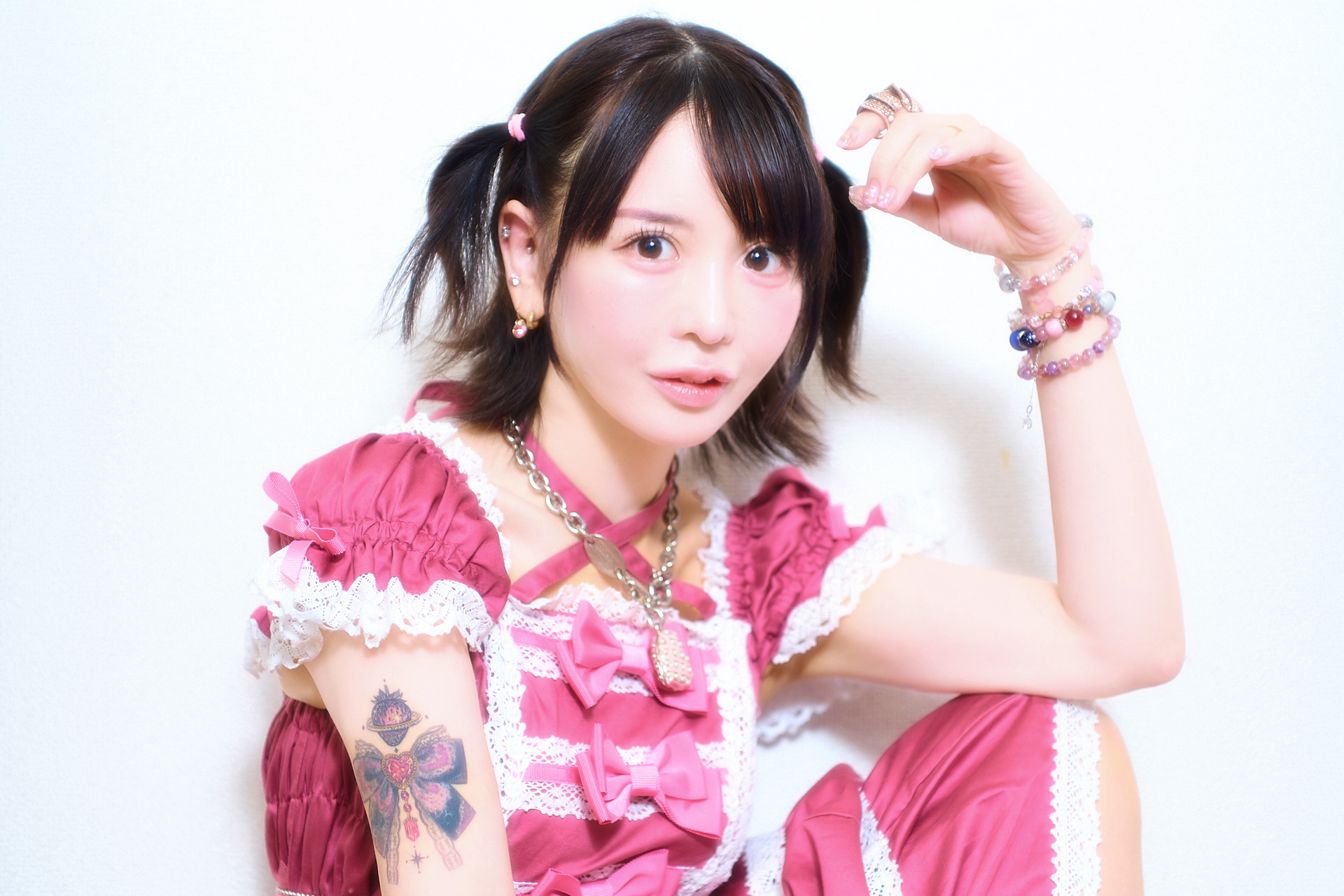
Japanese music production company WACK will hold its sixth overseas showcase, WACK in the UK vol.6, at The Underworld in London on June 5 (Thu) and 6 (Fri), 2025. The event spans two days: Day 1 features ASP, ExWHYZ, and MAMESHiBA NO TAiGUN; Day 2 brings MAPA, PIGGS, and ZOCX joined by guest performer Karen Aizome.
This article features an interview with Seiko Oomori—producer and member of ZOCX, who will appear on Day 2. Known for launching her music career in Japan’s underground live house scene, Oomori gained recognition for her raw, intense performances and lyrics that give voice to emotions not easily expressed in everyday life. Her unique artistry has not only captivated listeners but has also influenced many fellow musicians. While continuing her solo career, she now serves as CEO of TOKYO PINK, the management agency behind both ZOCX and MAPA.
ZOC was originally formed by Oomori in 2018. In January 2025, the group was renamed “ZOCX” to mark a new chapter, billed as “the final ZOC.” The current lineup includes OOMORI SEIKO, CHAO AIMI, SENRITSU KANANO, SENTSUBAKI MAYU, AMAKUNI MIYUKI, and NEKONEKONEKO HAU. For the London performance, former member Karen Aizome will be joining in place of SENRITSU KANANO.
We spoke with Seiko Oomori about the Japanese idol scene, the evolution of ZOCX, and the messages behind their music.
—What first sparked your interest in idol culture?
OOMORI: When I was growing up, I didn’t really have a strong sense of myself as a “girl.” I was raised around boys—my friends, family, siblings, and cousins were all boys. Even when it came to entertainment, I naturally gravitated toward shonen manga like One Piece and Dragon Ball. I didn’t really understand the idea of falling for the sparkly, handsome boys you’d see in shojo manga. That made me curious—what is it to be a girl? What does that mean?
I came of age right as the internet was starting to boom—when YouTube launched, and when Twitter (now X) started gaining traction. In Japan, we had sites like 2channel, and it was around then that people started forming new types of connections online. I found myself searching the internet for the kinds of honest thoughts that girls in my school would never say out loud. Back then, personal homepages were a big trend in Japan, and I loved browsing those sites run by girls who weren’t famous. Later on, when well-known idols started blogging and openly sharing details about their personal lives in their own words, I found myself drawn in. The more you learn about those little personal moments, the more you feel allowed to love them—it fascinated me.
—Were there any idols in particular who really stood out to you?
OOMORI: I was a big fan of Hello! Project, especially Sayumi Michishige from the group Tsunku♂ produced. She was the first Hello! Project idol to directly go to her agency and say things like, “I want fans to know this version of me,” or “That wasn’t how I really felt.” She even wrote that kind of stuff on her blog. That made me really admire her.
So I wouldn’t say I was drawn to “idol culture” as a whole. What fascinated me was seeing the most delicate, vulnerable parts of these girls’ inner worlds. That’s what pulled me in.

SEIKO OOMORI
—Japanese idol culture has recently started to attract a lot of attention from international fans as well.
OOMORI: Yeah, these days Japan is seeing a huge wave of inbound tourism. And it’s not just the mainstream cultural hubs like Harajuku—people from overseas are also finding their way to deeper, more underground places like Shimokitazawa or Koenji. When I see that, I feel like visitors aren’t just looking for famous spots or icons—they’re on a journey to discover something more “dope,” more raw and real.
Japan is known for being safe, but it also has this incredibly underground, edgy side. Take Golden Gai, for example—you see lots of international visitors there, not because it was made for them, but because they found it. They’re seeking out what’s already been here, not what’s been packaged for tourists.
Lately on TikTok, you see foreign girls copying Japanese “Jirai-kei” makeup and fashion. But the thing is, that look actually started with Japanese girls trying to look like foreign girls—they developed these styles themselves. Now, those original Japanese aesthetics are being mirrored back by people overseas. It’s a wild phenomenon, and I think it’s fascinating.
What’s unique about Japanese girls is that their attention to detail in fashion or makeup usually isn’t about impressing others—it’s for themselves. Jirai-kei fashion, for instance, doesn’t cater to what men typically find attractive. In Japan, there’s still a culture that idolizes girls who look “pure”—black hair, baby-faced, kind of innocent-looking—but I wanted to create a group that could express themselves with their own words and on their own terms. That’s why I started ZOCX.
—When did you first start thinking about creating ZOC?
OOMORI: I’ve always loved Morning Musume, and I remembered how Tsunku♂ started producing them when he turned 30, through that audition show ASAYAN. So I made up my mind—when I turn 30, I’ll start producing too. Once I realized I had a knack for writing songs, I started thinking more seriously about becoming a producer.
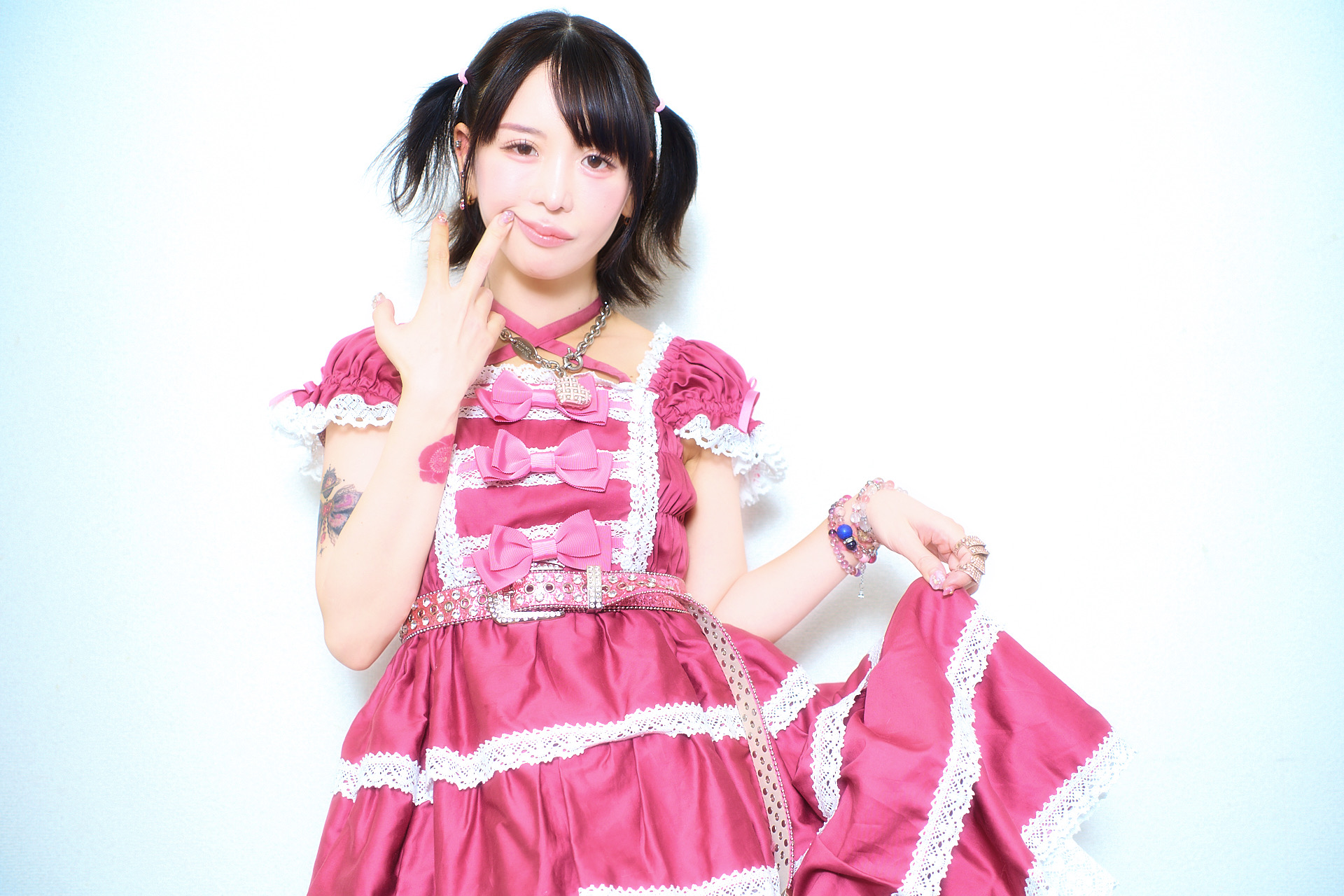
—Did your idea for the kind of group you wanted to create take shape through your own work as an artist?
OOMORI: I’ve always been drawn to counterculture, so my instinct was to create something that didn’t yet exist. I was a judge for an idol audition called Miss iD, which was organized by Kodansha. It was unique in that it welcomed girls who weren’t signed to agencies—or couldn’t be—but still wanted to express themselves. The theme was “Any girl can be an idol.” Through that experience, I met girls who resonated deeply with my music, and we came together to form a group. That was ZOC.
The name “ZOC” comes from the simulation game term Zone of Control, but I interpreted it as Zone Out of Control—meaning people who exist outside of those systems of control. We were active as ZOC for about five years and went through a lot, but I wanted to close out that chapter in a new form. That’s why I added an “X” and started ZOCX.
Now we’re a group of six members—mixed in age, gender identity, and vocal tone. It’s really about celebrating different voices and what “cuteness” means to each person. I wanted a group where everyone could embody their own version of cute.
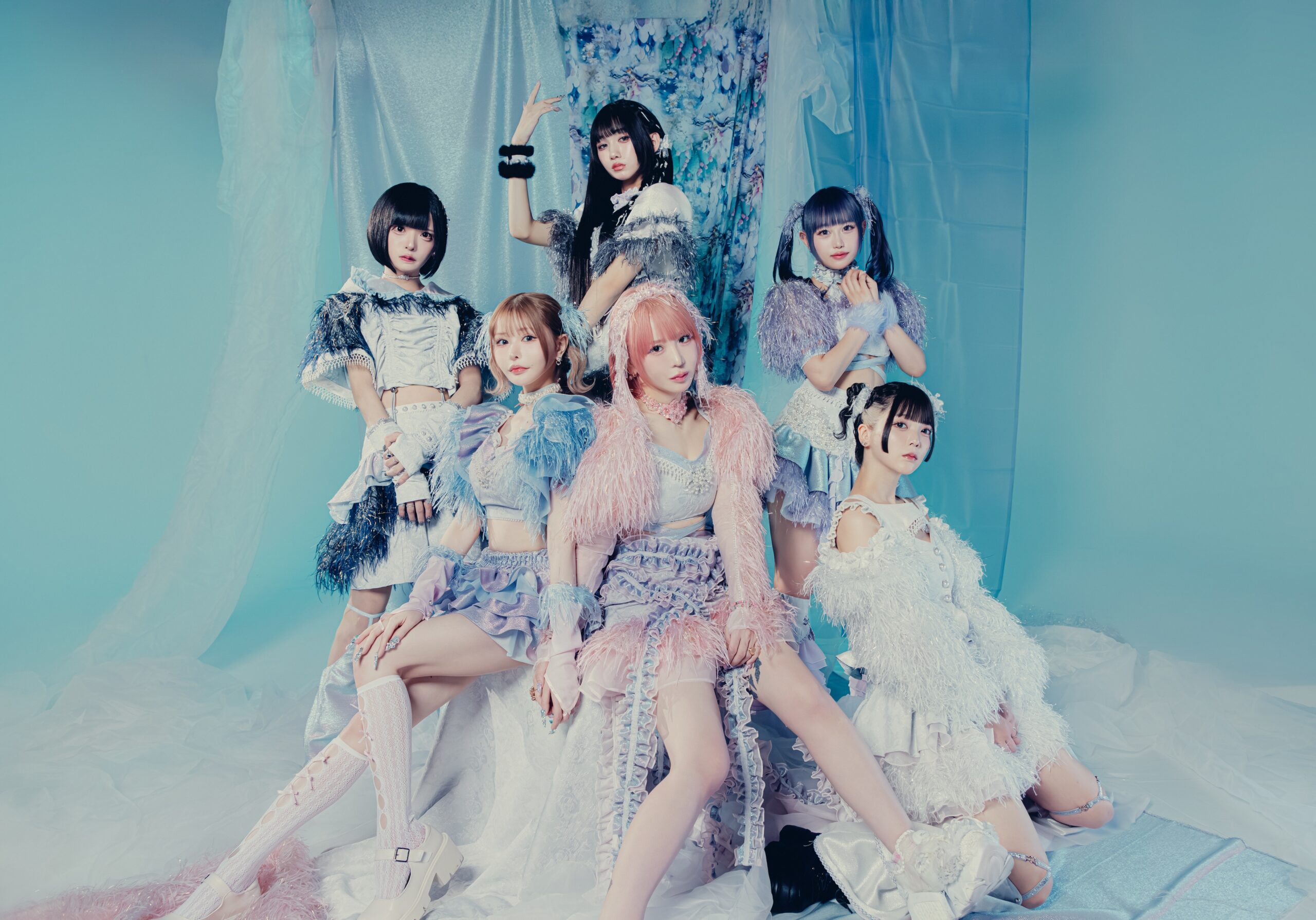
ZOCX
—What was the most important factor for you in choosing the members of ZOCX?
OOMORI: Definitely their voices. Music is my foundation, after all. When you fall in love with someone’s voice, it’s hard to ever dislike them. I believe the voice is the most honest expression of the heart. What’s exciting is how those voices blend together. I really love directing vocals—it’s one of my favorite parts of the process.
—Did you always plan to be a performer in ZOC yourself?
OOMORI: Actually, when I first started thinking about producing a group, I had no plans to join as a performer. But once things got underway, I had this moment where something clicked—when we made the song “Hyaluronly Girl.” That’s when I felt like I could finally shape my feelings into something concrete.
The concept came from my experience with Lolita fashion. In Japan, it’s very traditional and strict—rules like “you have to wear a blouse” or “don’t show too much skin.” It’s also expensive to wear everything properly. When I was in high school, I wanted to dress that way more freely, but I couldn’t. I always had this lingering admiration for it. So I wrote a song about those feelings.
To me, punk is about breaking the rules from the inside. That’s the kind of spirit I wanted to express. I love punk girls—but not just in the traditional Japanese sense of punk, which for decades meant being skinny, flipping people off, and looking tough. These days, you’re starting to see a wider range of styles—girls who look cute but carry a rebellious spirit inside. Through that song, I feel like I was finally able to give form to that kind of identity.
—How do you decide on the themes and direction of ZOCX’s music?
OOMORI: The members of ZOCX always give 120% in every single part—even the shortest lines are delivered with full force. It’s flashy and bold, and I intentionally write the songs to match that energy. We live in a time when people are often said to seek validation on social media, right? Some people want to leave traces of their lives online; others don’t. Most of the girls in ZOCX fall into that “I want to leave something behind” type.
But social media is inherently about “snippets.” A single photo or a quote can’t possibly convey someone’s entire life. When I was watching idols as a fan, there were times I’d see a perfect shot in a music video ruined by lyrics that didn’t match the mood. It felt like such a waste. Lyrics are meant to flow with rhythm, carry context—they’re not just words. So when a clip gets isolated without that flow, the performer’s charm and the music’s power can get lost.
That’s why I write ZOCX’s songs so that any part you cut out still shines. Even though the songs follow the basic structure—verse, bridge, chorus—they maintain full power from beginning to end. Of course, real people have highs and lows. We’re energetic outside, but want to be quiet at home. That’s normal. But when it comes to ZOCX on stage, the girls are always at full throttle the entire time.
—So each member pushes to their maximum in their part.
OOMORI: Exactly. As a solo artist, I build my performances around emotional dynamics—like “pull back here,” or “release everything here.” That kind of delicate control is something I value. So I’ve also wanted to create a group that could express those more subtle nuances.
For example, I also produce MAPA, a group that includes Coshoji Megumi, a former BiS member who’ll also be performing in London. She really values delicate expression, and during auditions, I looked for members who could match that. I don’t particularly like the word “duality,” but I do love the idea of creating something—and then making a counter to it.
—So even though you yourself come from a countercultural place, you’re also constantly creating counterpoints to the things born from it.
OOMORI: Exactly. In Japan, the act of idols singing music is already a kind of counterculture. J-POP has traditionally been influenced by Western music, but when you throw in “girls doing musically inexplicable things,” something totally new and different gets created. And somehow, that ends up becoming original in its own right.
Take a group like BABYMETAL—they’re a great example. These kinds of “Japanese-born counters” end up being fascinating to people abroad. Then those ideas get adopted, recycled, and fed back into the culture. That constant loop—it’s something I find endlessly fascinating.
—For readers discovering ZOCX for the first time, could you recommend three songs to start with?
OOMORI: The first one I’d recommend is “Hyaluronly Girl”—it’s already one of our most-watched videos overseas on YouTube. The visuals are easy to grasp—we’re dressed in Lolita fashion—but the theme isn’t about innate girlhood. It’s about constructed girlhood: the kind that girls create for themselves. It’s a song sung by someone who might get hyaluronic acid injections, for example. It explores a world that’s free from the pressure to be “pure” or “innocent.” Some girls love boys, some don’t—there’s room for all of them. That’s the kind of value system the song celebrates. I think it’s a track that really distills the essence of what “kawaii” (cuteness) means in Japan.
The second is “CUTTING EDGE.” This one is for the girls who’ve lived on the fringes of society and finally find their moment to shine on stage. Some of the current ZOCX members have been through incredibly tough experiences—one has been to juvenile detention, another was born male. These are people who may have once thought, “Maybe I’m just meant to live on the margins forever.” But this song is about reclaiming your life and saying, “No, I’m the main character of my own story.” It’s filled with that kind of determination and pride, and it’s one of our most meaningful songs.
The third one would be “DON’T TRUST TEENAGER.” It’s an unapologetically rebellious, rock-inspired track—one that really taps into that defiant spirit. What makes it even cooler is that it’s sung not by a rock band, but by idols. That contrast makes it stand out, and personally, it’s one of my favorites.
—Could you introduce the ZOCX members who will be performing in London?
OOMORI: This time, Karen Aizome will be joining us in London, even though she’s no longer an active member of the group. She originally left ZOC about four years ago to pursue her dream of becoming an actress. But she’s someone with a fighter’s spirit—someone who always confronts her desire to express herself head-on. When she heard about this opportunity to bring ZOC’s music overseas, she said, “If I can help deliver that music abroad, I want to be part of it.” That’s why she’s coming with us for this special occasion.
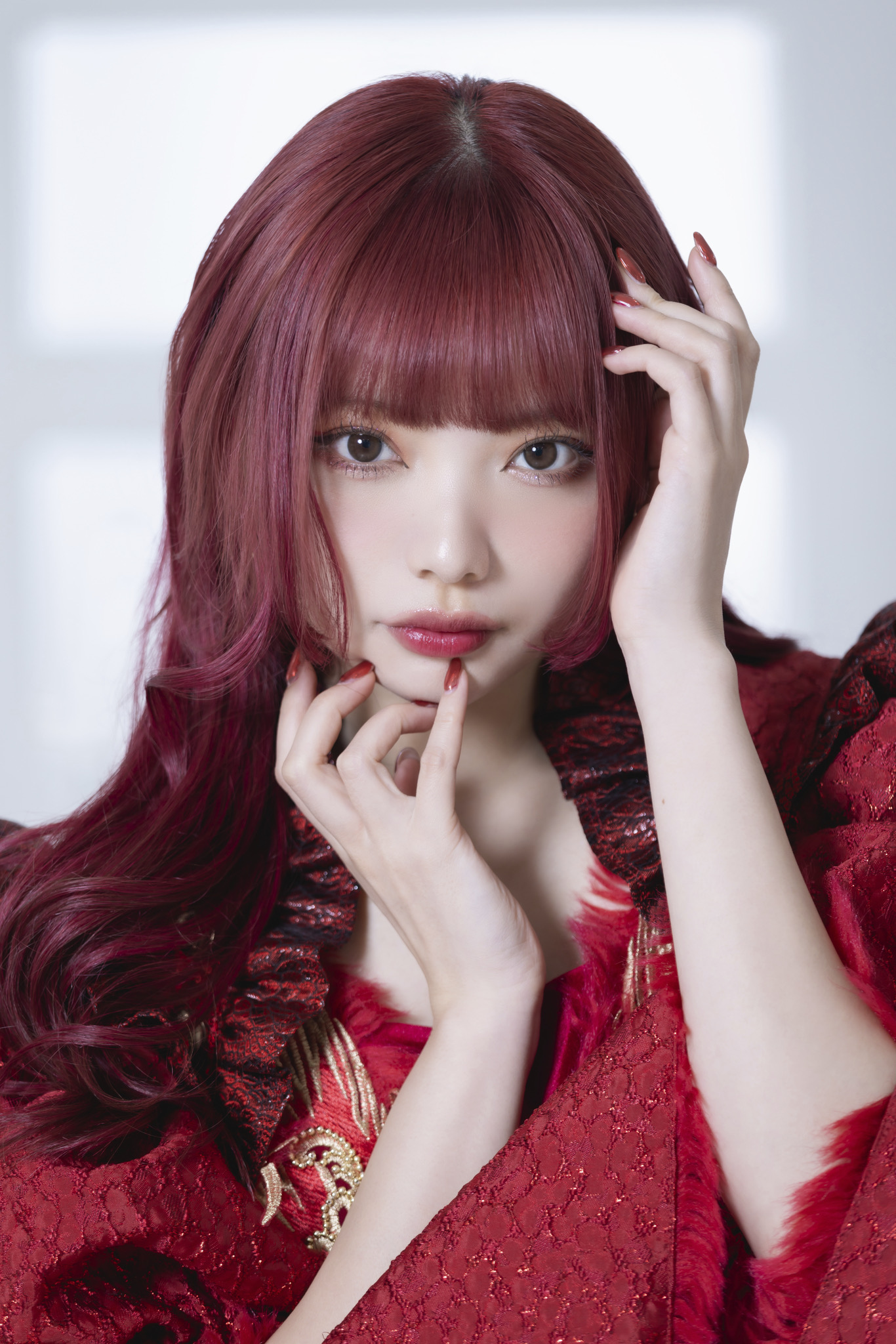
Karen Aizome
Originally, Kanano Senritsu was scheduled to join the tour. She’s been with the group since the very beginning. Her look is doll-like, and her voice has this soft, airy sweetness—what we call a “macaron voice.” But underneath that, she’s incredibly passionate. On social media, she might come off as sharp or edgy, but it’s really her way of protecting her most sensitive, vulnerable core. Out of all the members, she’s probably the one whose personality is most similar to mine.
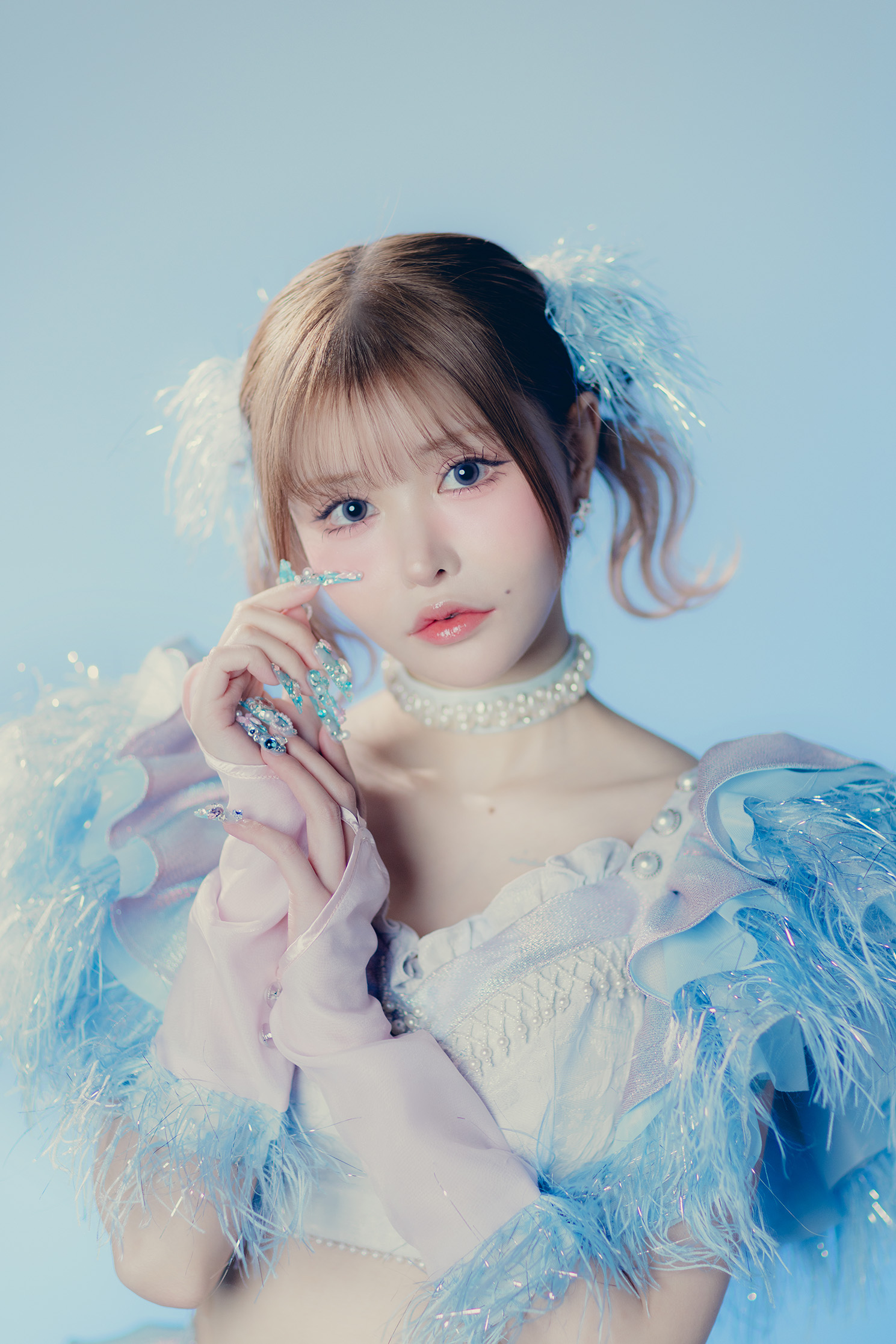
SENRITSU KANANO
Then there’s Nekoneko Hau. I had invited her to join multiple times since the original ZOC era, and after five years, she finally said yes. She’s an amazing singer, and I think her performance skills are among the best in Japan. She has a strong dedication to what she considers “cute,” and she even runs her own fashion brand called Howls, which has gained support from fans of all genders.
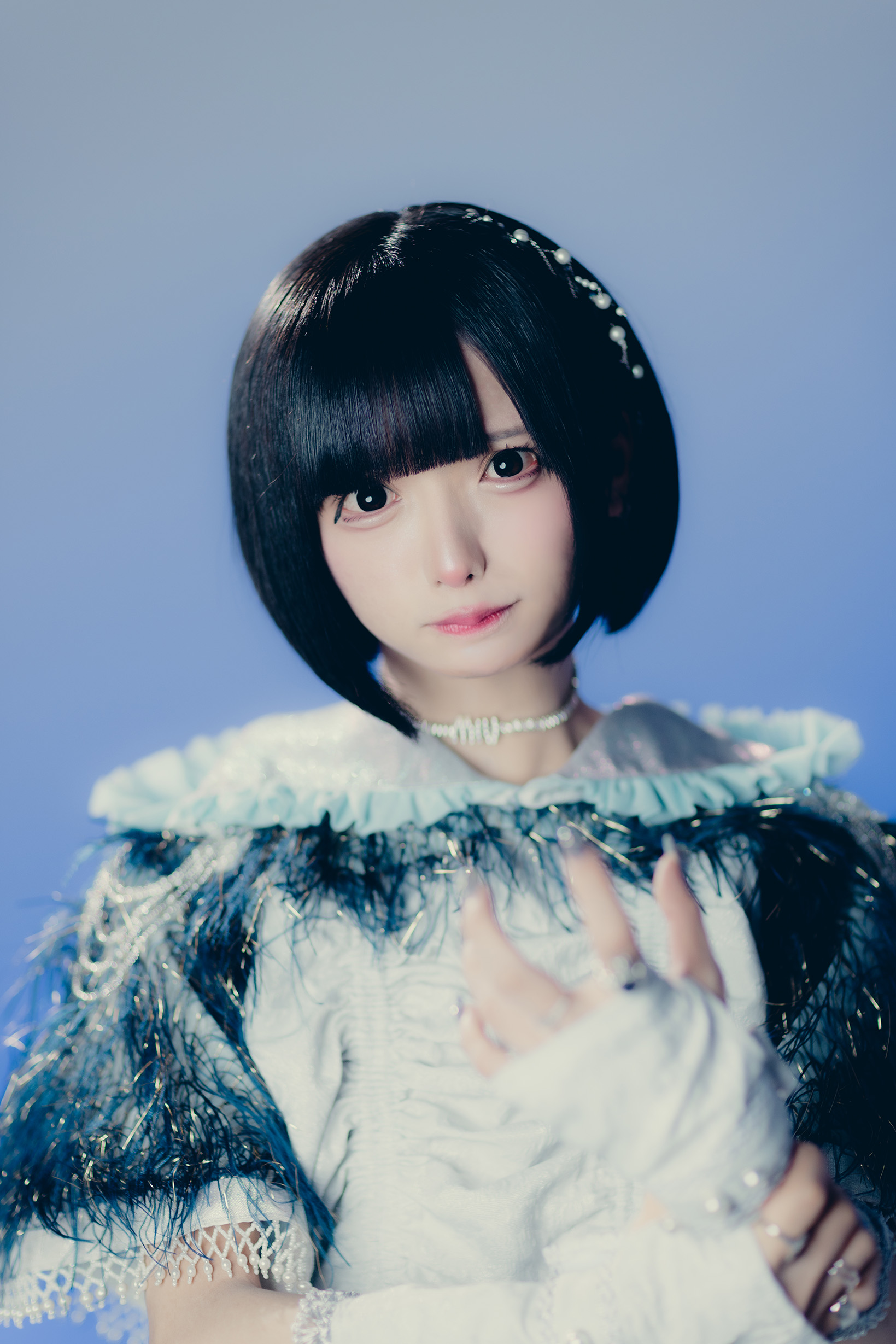
NEKONEKONEKO HAU
We also have two new members who joined in November 2023 through auditions. First is Aimi Chao. She stepped into this world with a single-minded goal: “I want to express Seiko Oomori’s music.” She’s sincere to the core. Even during a period when the group was down to very few members, she kept studying live performance, always saying, “I’ll protect ZOC.” She’s cheerful, dedicated, and totally earnest.

CHAO AIMI
The second is Mayu Sentsubaki. She was born male, but you’d never know it—she has stunning beauty and brilliant dance skills. She had tried out for many idol auditions in Japan, but was always cut in the final stages because of her voice. But for us, that voice was exactly what we wanted. It’s deep, resonant, and gives shape and texture to the group’s sound. There’s no one else like her—not in appearance, not in voice.
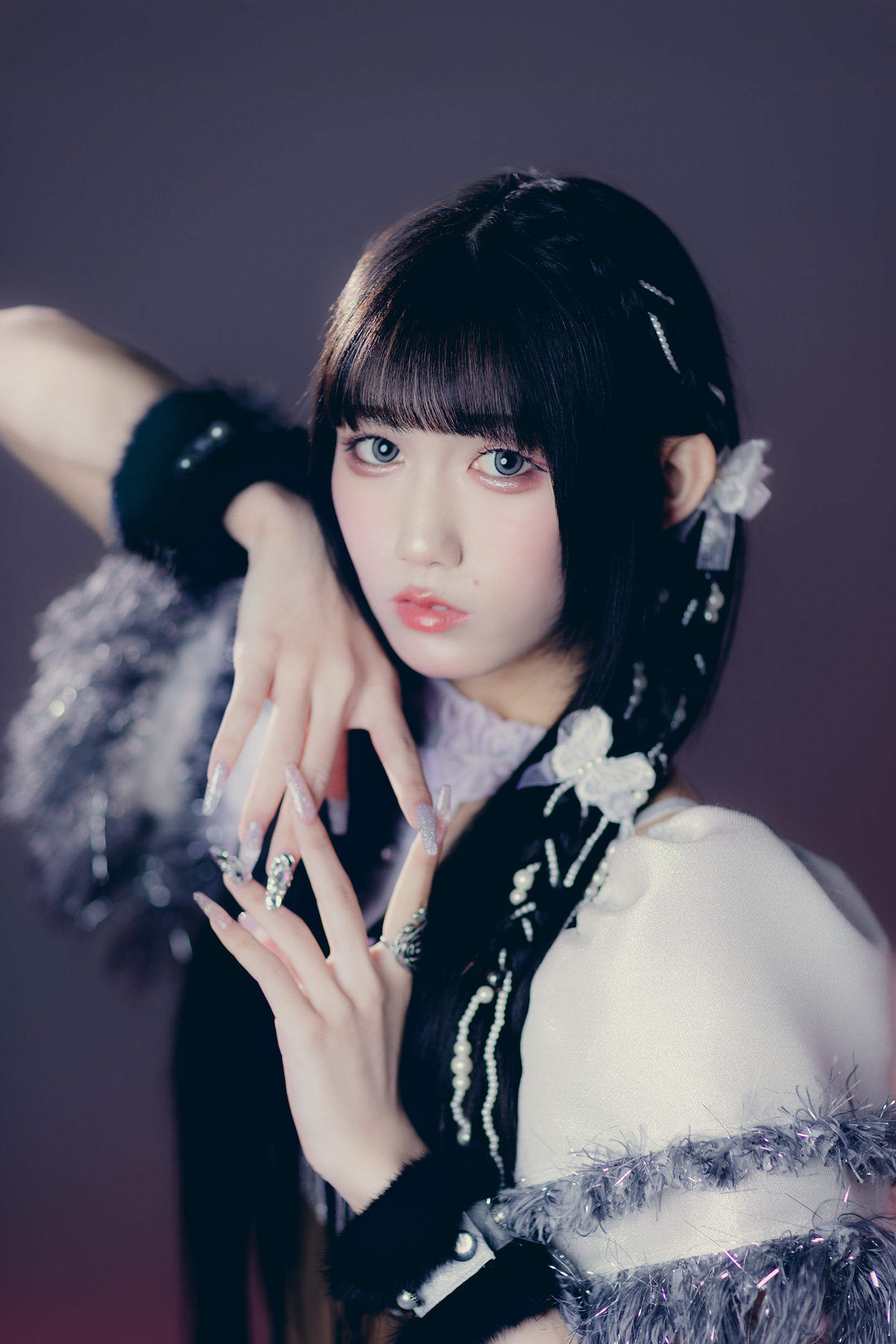
SENTSUBAKI MAYU
Lastly, we have Miyuki Amakuni. She used to be a member of WACK’s group MAMESHiBA NO TAiGUN, and I once directed her vocals when I provided a song for them. I remember thinking, “This girl has such an interesting voice.” It’s the kind of voice with a quirky, offbeat edge—a total wild card. That uniqueness is exactly what makes her so appealing, and that’s why I invited her to join.

AMAKUNI MIYUKI
—For the upcoming London show, what would you like people to especially pay attention to during ZOCX’s performance?
OOMORI: ZOCX’s live shows are pretty dope—so if people come expecting a typical idol concert, I think they’ll be pulled in much deeper than they imagined. People often say my shows feel “theatrical,” and that’s because every song isn’t just about looking cute—it’s about giving everything we have to the performance. We pour everything into it—beauty, ugliness, rawness, fragility. I think you’ll see a lot of different sides of us.
Through our performance, I hope people can catch a glimpse of what it feels like to live as a girl in Japan right now. If that kind of inner truth comes across, maybe something inside the audience will shift too. That’s the kind of impact I hope it has. I’d be really happy if people come and experience that with us.
—And finally, is there something you hope to accomplish with ZOCX as a group?
OOMORI: This is just a personal wish, but… I want to create a world where no one ever feels like, “I can’t go on living.” That’s why I want to sing every girl’s feelings. Because I don’t fully understand all those feelings myself, I keep singing—to try and find their outlines through expression. Maybe by doing that, we can make sure no one feels like they’re being left out or left behind.
That’s why I make music. In my solo shows, I write lyrics for young girls—about heartache, fragility, and the emotions they can’t always say out loud. These days, more and more girls are coming to my shows after seeing me go a little viral on social media. And to those girls, I want to offer something real—something that’s truly music.
The kind of shows I do are even more improvisational than jazz. I want people to experience that spontaneity. Recently, genres like Vocaloid and anime songs have become really popular overseas, and they’ve made it easier for Japanese music to reach the world. But a lot of that music is made in bedrooms. The music that moved me most in Japan came from live houses—from people playing and creating sound in a real, shared space.
That’s why I believe in the power of live performance. Even without fancy lights or staging, if you’re standing and singing, that’s a stage. I don’t ever want to let go of groups that can claim that kind of presence. That’s my pride. And that’s why I continue ZOCX. I’m genuinely excited for people in London to see what a true Japanese live group can be.
INTERVIEW:Hiroo Nishizawa
Photo:Yuuki Ohashi

■ LIVE Info
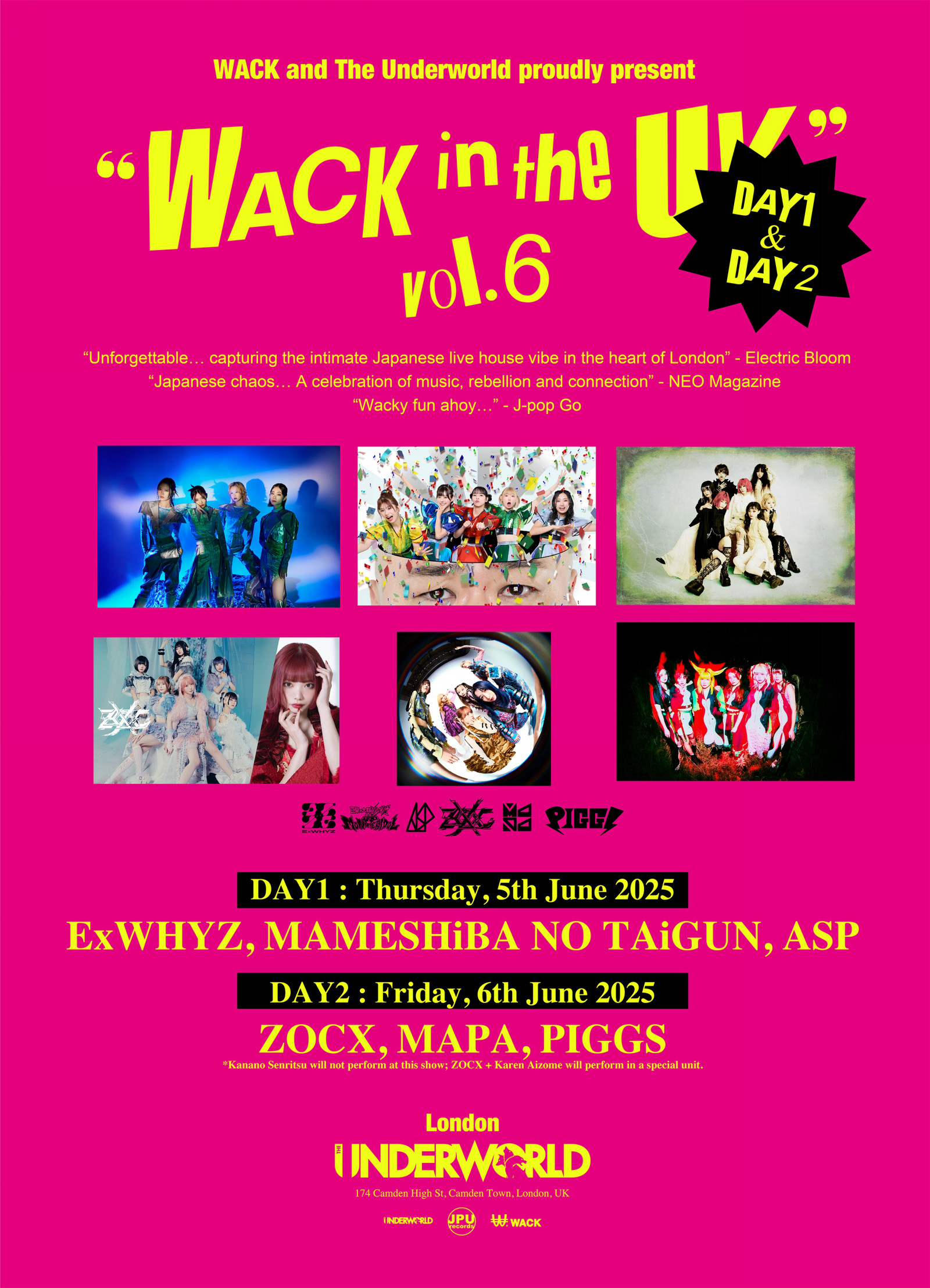
WACK in the U.K. Vol. 6 DAY1&DAY2
DATE: DAY1-Thursday June 5 / DAY2- Friday June 6 2025
OPEN: 7PM (DAY1&DAY2)
VENUE: The Underworld (London)
APPEARANCE :
DAY1 – Thursday June 5 : MAMESHIBA NO TAIGUN, ASP, ExWHYZ
DAY2 – Friday June 6 : MAPA, PIGGS, ZOCX
*Kanano Senritsu will not perform at this show; ZOCX + Karen Aizome will perform in a special formation.
General Tickets: £30 (Entry from 7pm)
VIP Upgrade Ticket: £120 – strictly limited. It includes:
· Light lunch with the members
· Cheki photo with group of choice
· Cheki photo with member of choice (plus autograph)
· Exclusive T-shirt (Japanese XL size)
· Early entry to the show.
· VIP ticket holders do not need to purchase a general entry ticket.
To upgrade via DICE please purchase a general ticket, then log into your DICE account and choose the upgrade option.
Day one: The tickets will go on sale at noon (12:00 PM) London time on March 29.
Day two:The tickets will go on sale at noon (12:00 PM) London time on March 29.
Day one: https://link.dice.fm/4OqyaX4f4Rb?sharer_id=6560e9e76f7c080001787c1e
Day two: https://link.dice.fm/sfNHad8f4Rb?sharer_id=6560e9e76f7c080001787c1e
————-
Timetable:
DAY1 – Thursday June 5
12:30 – VIP light lunch and cheki event
14:00 – Cheki ticket sale begins for general ticket holders.
14:30 – General cheki event
18:30 – VIP early entry
19:00 – General entry
19:30 – MAMESHIBA NO TAIGUN
20:20 – ASP
21:10 – ExWHYZ
22:00 – End
DAY2 – Friday June 6
12:30 – VIP light lunch and cheki event
14:00 – Cheki ticket sale begins for general ticket holders.
14:30 – General cheki event
18:30 – VIP early entry
19:00 – General entry
19:30 – MAPA
20:20 – PIGGS
21:10 – ZOCX
22:00 – End
About Cheki event:
Cheki are a type of polaroid style photo that is popular in Japan. The VIP ticket already includes 2 cheki opportunities. Further opportunities, as well as opportunities for general ticket holders, will be available by purchasing cheki tickets from the mech stand. Each cheki ticket purchased will allow for one cheki to be taken with a member of the ticket holder’





















